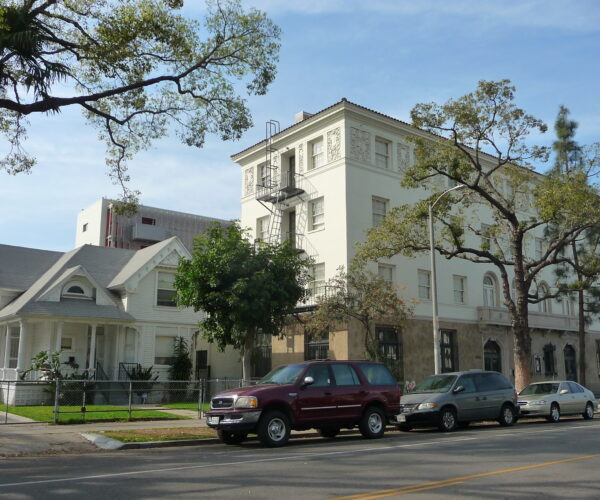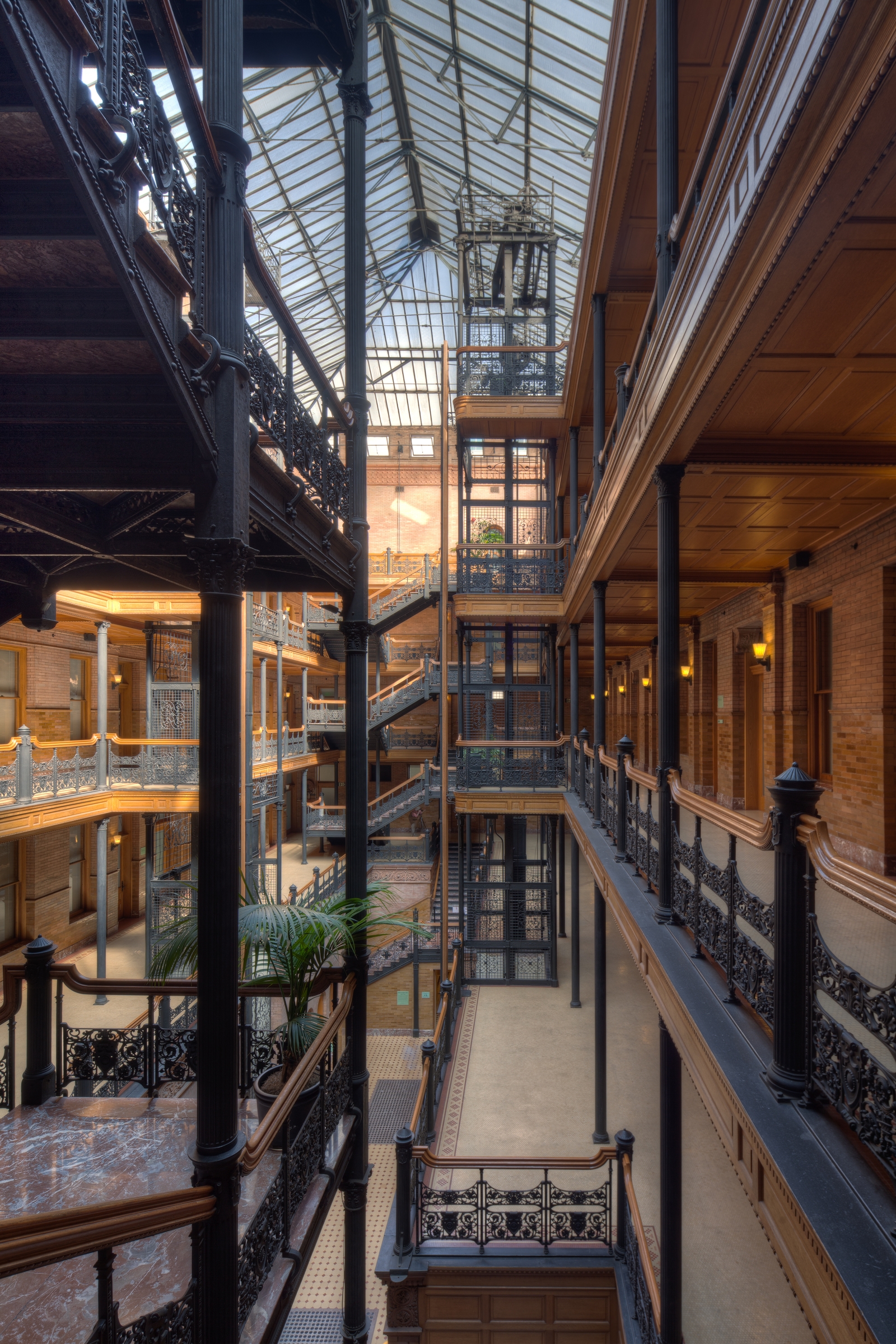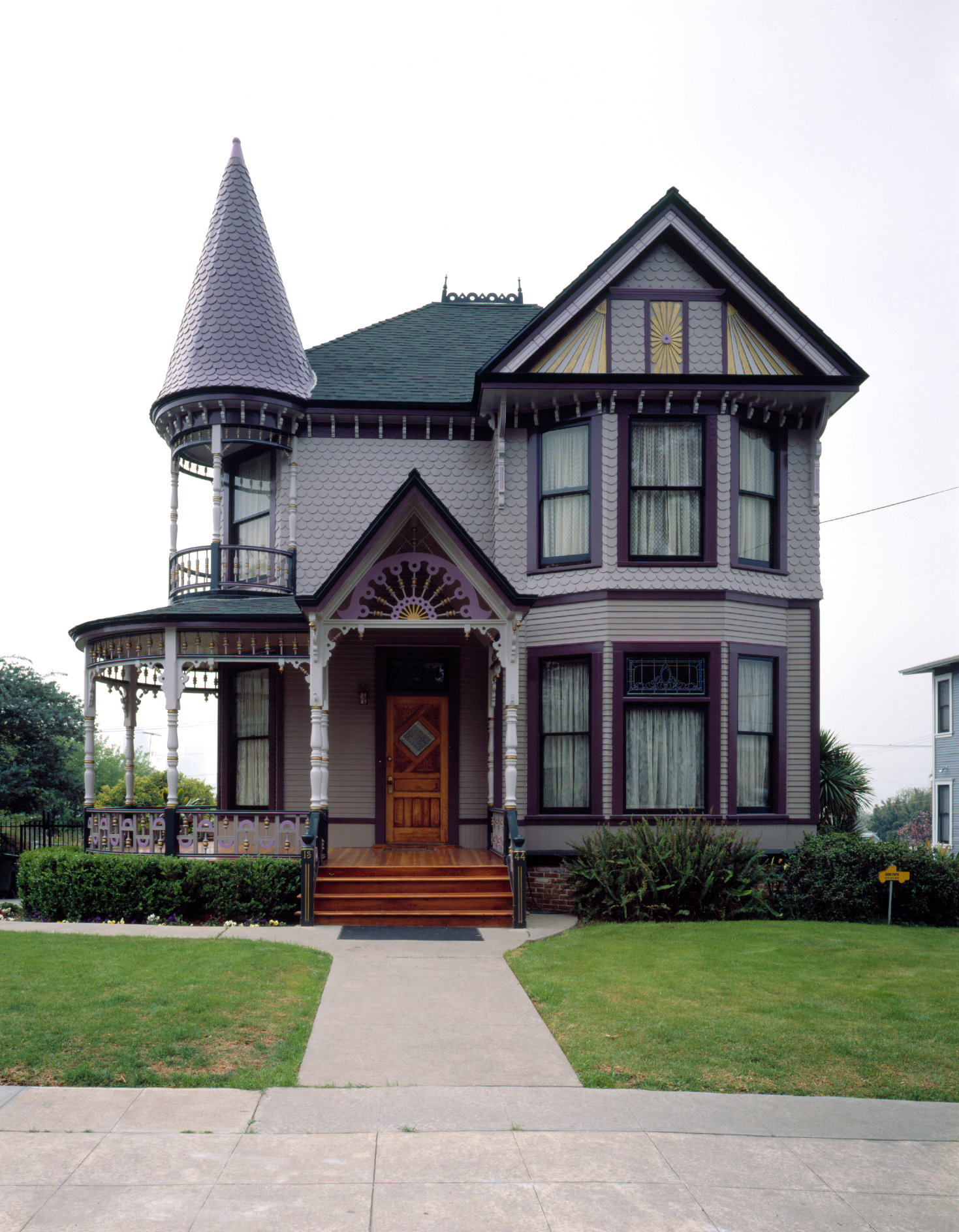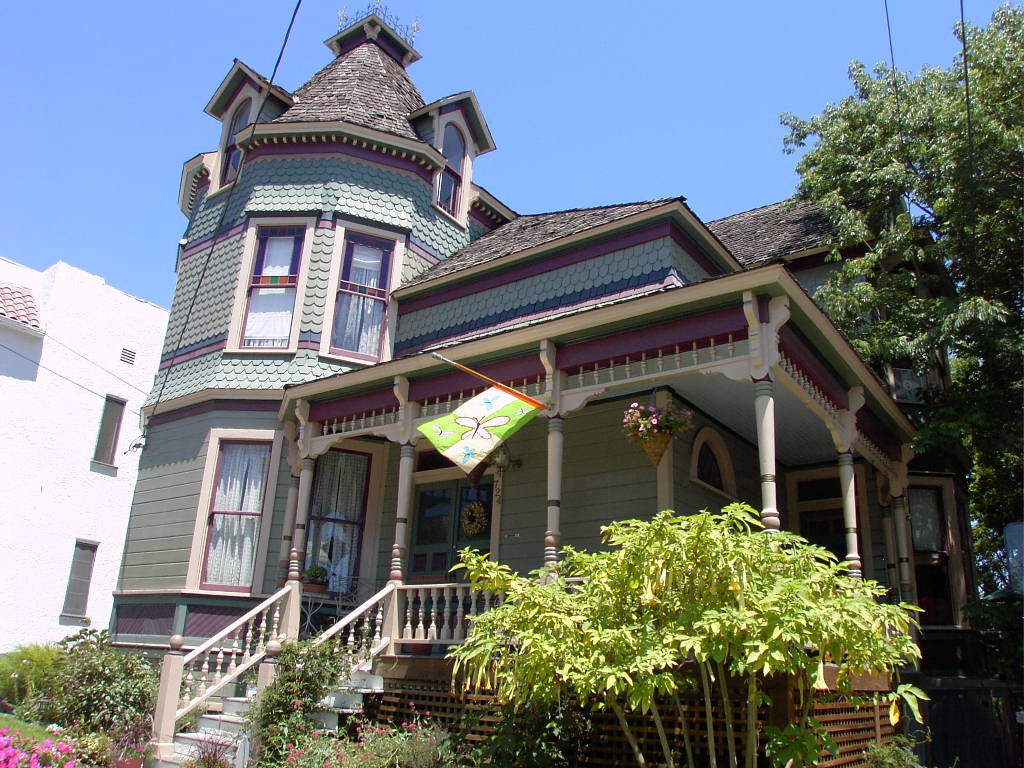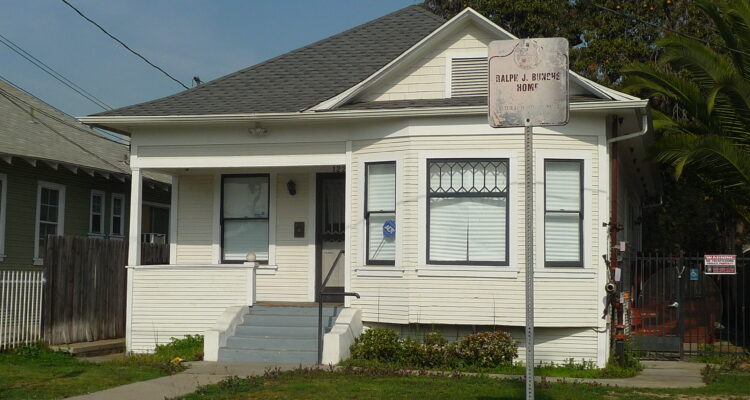
Place
Ralph J. Bunche House
The Ralph J. Bunche House stands as a tribute to the first person of color to receive a Nobel Peace Prize.
Place Details
Address
Get directions
Architect
Designation
Property Type
Community
This modest Victorian bungalow duplex on E. 40th Place is the boyhood home of Dr. Ralph J. Bunche, the first person of color to win the lauded Nobel Peace Prize. Typical of the houses in the area, it reflects the style and homes available to early neighborhood residents.
Bunche moved to South Los Angeles with his grandmother and sister in 1918. At that time, the neighborhood was primarily white, making them one of the few African American families in the community.
Though Bunche would go on to achieve international acclaim, he earned his first successes as a teenager and young adult in Los Angeles.
The Ralph J. Bunche House was designated a Los Angeles Historic-Cultural Monument in 1976 and listed on the National Register of Historic Places in 1978.
Yet the home did not fare so well over the years. Divided into a duplex, the house fell into severe decline, sat vacant for more than a decade, and was deemed a “nuisance property.”
In the mid-1990s, the Dunbar Economic Development Corporation acquired the home and embarked on a long struggle to bring this building back from the brink of destruction. Securing funding from various sources, the nonprofit carefully preserved the building’s remaining historic fabric and adapted the home into the Ralph Bunche Peace and Heritage Center.
The restored structure served for several years as a community meeting place, a museum commemorating the life of Dr. Bunche, and the site of a youth leadership academy. The project earned a Conservancy Preservation Award in 2006.
The nonprofit Coalition for Responsible Community Development (CRCD) leased the Bunche House until late 2015, when the building’s owner, the Community Redevelopment Agency of Los Angeles (CRA/LA), sold it to a private buyer.
We understand that the home is again for sale as of April 2016.
